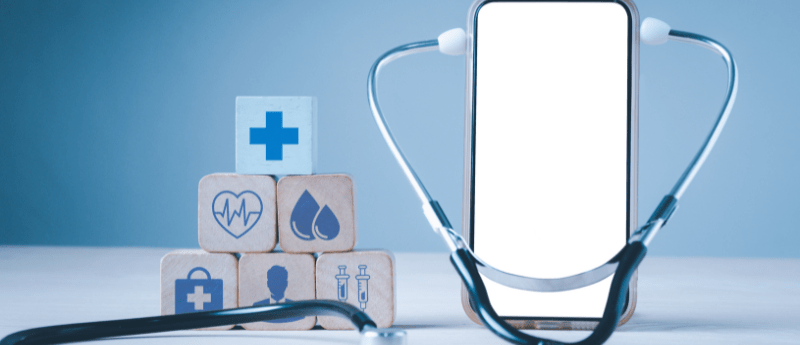Smartphone-based atrial fibrillation screening doubles detection and treatment rate: the eBRAVE-AF trial

Results from the eBRAVE-AF trial presented at the recent European Society of Cardiology congress show atrial fibrillation screening using a smartphone-based app more than doubles the diagnosis and treatment rate compared to conventional screening in an at-risk elderly population
At the meeting, Professor Axel Bauer of Innsbruck Medical University, Austria presented evidence that use of a smartphone-based screening tool was significantly more effective than usual screening practices in identifying therapy-relevant atrial fibrillation (AF) in a target population in Germany. Simultaneously published in Nature Medicine, this first randomized controlled trial of non-brand specific smart device screening for AF in an at-risk older and possibly less tech-savvy population has prospects for wide application in stroke prevention.
AF is the most common heart rhythm disorder and a key cause of stroke and heart failure, but often has no symptoms and remains undiagnosed. Detection of subclinical AF in order to initiate anticoagulant treatment is an important approach for reducing stroke risk and incidence. Prior smart device AF screening studies featured specific wrist-worn hardware, younger less-relevant populations and made no comparison with traditional screening.
The trial — eHealth-based Bavarian Alternative Detection of Atrial Fibrillation: A Randomized Controlled Trial (eBRAVE-AF) — took the novel approach of recruiting 5,551 participants from a pool of policyholders of Versicherungskammer Bayern, a German healthcare insurance company. Inclusion criteria included being aged 50–90 years, being free of known AF, not taking oral anticoagulants and having a score of ≥1 in men and ≥ 2 in women on the CHA2DS2-VASc scale, which indicates elevated AF stroke risk.
Participants were randomly assigned to two groups; 2,860 participants were assigned to digital screening and 2,691 participants were assigned to conventional screening. In the conventional arm, participants were screened using standard tools such as by symptoms, routine ECG screening. The participants assigned to the digital screening used the app Preventicus Heartbeats on their own phones to self-screen for pulse irregularities using the phone’s camera to run regular repeated 1-min photoplethysmograms (PPG). Any abnormal PPG results were validated by 14-day electrocardiogram (ECG). Participants’ own independent physicians analysed the ECG results and made the decision whether to treat with oral anticoagulants.
In both crossover arms of the study, screening using the smartphone tool more than doubled new diagnosis of AF within 6 months with prescription of oral anticoagulation, in comparison with conventional screening (1.33 vs 0.63%; odds ratio [OR] 2.12; 95% confidence interval [CI] 1.19–3.76 and 1.38 vs 0.51%; OR 2.75; 95% CI 1.42–5.34). In secondary analyses, abnormal PPG findings and AF detected by both screening methods significantly predicted major adverse cardiac cerebrovascular events.
More studies will be needed to demonstrate whether smart device improved AF diagnostics lead to improved clinical outcomes. As this screening approach depends upon active willingness of participants, in order to implement these techniques on a wider scale in the real-world, a focus will need to be on those least likely to participate in screening programs, as they are known to be generally less wealthy and healthy and more prone to having the disease.
Want regular updates on the latest real-world evidence news straight to your inbox? Become a member on The Evidence Base® today>>>





